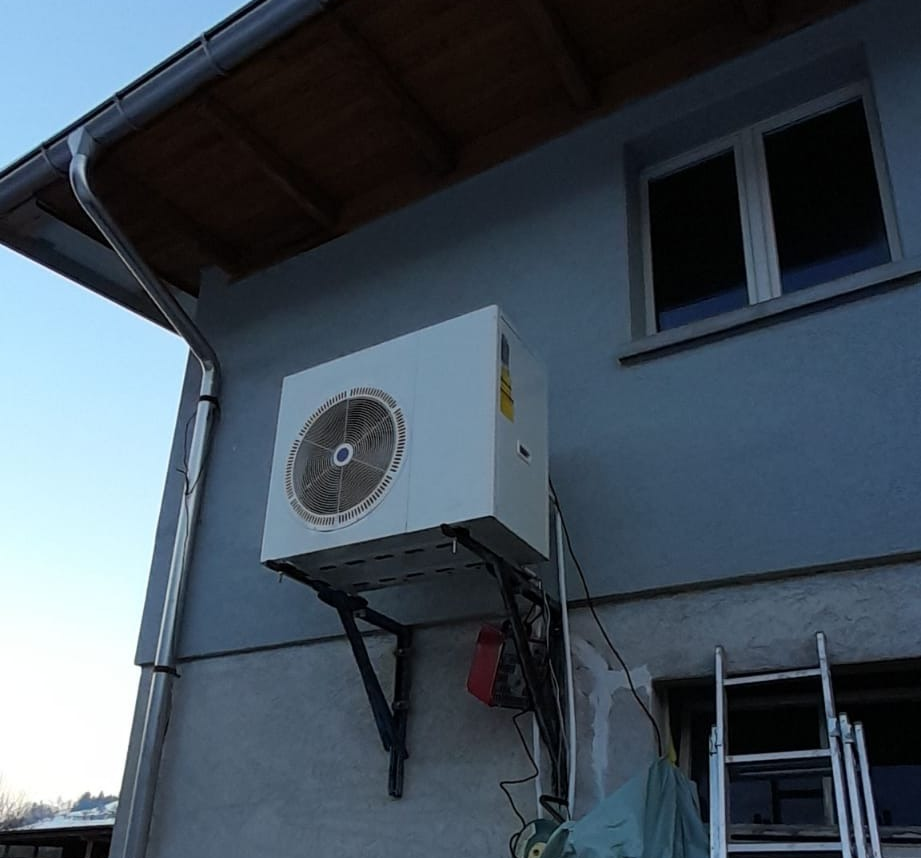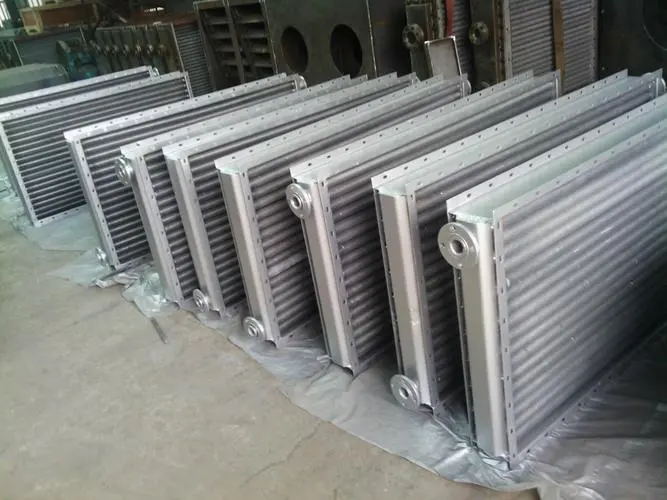
The air to water heat pump and the radiator heating are not the best match. Compared with the standard working condition of the radiator, which is 95/70 degrees Celsius, the outlet water temperature of the air to water heat pump is low, only 45/40 degrees Celsius. The heat dissipation potential of the radiator cannot be fully utilized, and a lot of chips need to be added, sometimes too many to fit. Therefore, we should choose heat sinks with high heat dissipation (such as copper-aluminum composite sheets) to reduce the number of sheets. Compared with the air to water heat pump, the increased cost of the radiator is small after all. Especially in the renovation of existing buildings, compared with changing floor heating and changing fan coil units, the construction of changing radiators is simple and fast, and has less impact on the life of the owners.

When the heat source is changed from a coal-fired furnace to an air to water heat pump + radiator heating system, how to transform it? We first judge whether the original system is worth using. If the system is about ten years old, it is recommended to directly scrap it. If there is still use value, the original system should be cleaned, decontamination and rust removal, to avoid damage to the heat pump unit.

If the system is redesigned, the floor heating can be changed, the low-temperature high-efficiency radiator can be replaced, and it can be transformed into a fan coil system, which is flexible and diverse. If it is a partial transformation, it can be replaced with a low-temperature high-efficiency radiator or a floor-mounted fan coil. Or there is an original radiator to provide the basic temperature, and a fan coil unit or electric heater can be installed to increase the temperature.
Install external insulation for external walls and roofs; install hollow glass windows, which can effectively reduce the end and reduce energy consumption.

